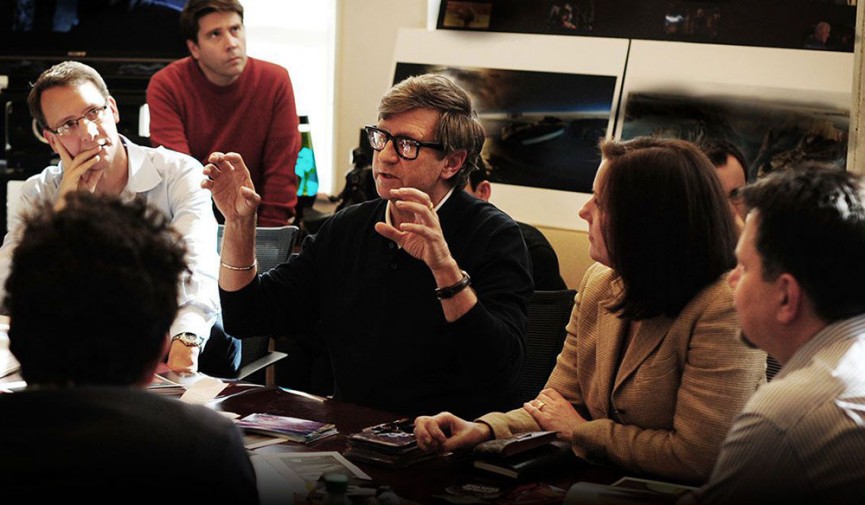Video creation is typically split into three stages- pre-production, production, and post-production. Most people are, to some extent, familiar with the production stage; “the lights, camera, action” of the business, and the stage at which the video footage is captured. Post-production, typically seen as second most important, entails the edit and finalization of that footage, after which it finally can be syndicated. But what slows video creation exponentially in both stages is the lack of effort made in pre-production.
Like any creation, the creation of video begins with an idea. Good creators will build and shape that idea before trying to create the final product, but all too often the building and shaping stages are forgotten and discarded in the rush to jump-start the production stage. If you want an impressive final product, you need to put the necessary effort into the planning stage.
If you’re not familiar with pre-production, here are a few of the essentials…
The Marketing
If you haven’t figured out a target audience for your business by now, it’s high time that you do. The first step of preproduction is to plan an end goal for your content. Establish the audience that you are trying to reach and the goal that you’re trying to achieve, and then establish the best way to reach that audience and achieve that goal. Are you going to syndicate your video content through social media? Is YouTube your distribution pipeline? Are you thinking of putting the video on broadcast television? The correct answers to these questions are determined not by your preferences, but by the preferences of your target audience. Once you establish their likes and dislikes, you can establish how to best reach them with your content.
The Budget
A one hundred dollar video can go just as far as a one million dollar video, if you know how to use it. After you’ve established what kind of audience you’re targeting, and have decided on the type of video that you believe will best reach that audience, you should nail down how much you are willing to spend on the creation of your video. Your project budget will help to establish what kind of video you are able to make, and it will also help your chosen video partner establish what kind of limitations will need to be placed on the project. The sooner the budget is set into stone, the sooner a video can be tailored to suit both your needs and your abilities.
The Story
A video with no message is a useless expense. If you’re investing the time, the money, and the energy to create a piece of video content, you should also be investing the necessary time to ensure that your video is beneficial to its audience. This takes a certain amount of planning!
Blockbuster movie productions are often broken down into several stages of story planning, the bulk of which is covered in scripting, the guide for every spoken word and unspoken action of the video; storyboards (pictured below), hand-drawn images of what each frame of the story should look like cinematically; and shot lists, the simplistic rundown of each shot needed in order to put the final video together.
Working through these stages of preproduction are essential to the creation of a successful video. Not only do they help you establish any composition difficulties or weak story points that you might eventually face on set, but they also help you begin to visualize a final edit. Discuss each stage of story development with your team, and be open to suggestions that improve the flow of the video as a whole.

Photo credit: Makingascene.org
Finally, the Shoot
You can’t plan for everything, but there are a few things that you should always be thinking about as you move into the production stage. For example, if you’re shooting outdoors, you can plan for weather. If you’re shooting indoors, you can plan for noise pollution and/or foot traffic. Even if you’re not sure where you’re shooting, you can begin to plan around the schedules of your on-screen talent. Try to tackle as many of these potential problems as early as possible, and eliminate them from your list; but be aware that there are still going to be unpredicted elements on the film set, because there always are!
The success of shoot will ultimately come down to how much planning you’ve done beforehand and to how adaptable you are to last-minute changes. Do your homework, plan effectively, and above all else, do not rush past pre-production! If you need help planning or shooting an effective piece of video content, give us a call at 410.853.7892, or email us at info@myrender.com. We look forward to hearing from you!




 604 E Joppa Road
604 E Joppa Road